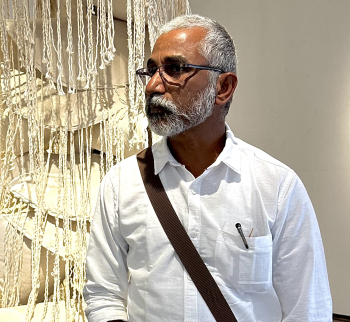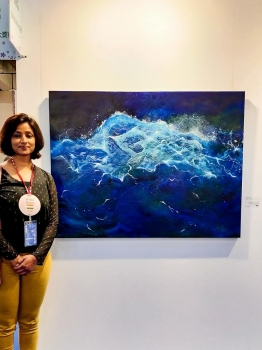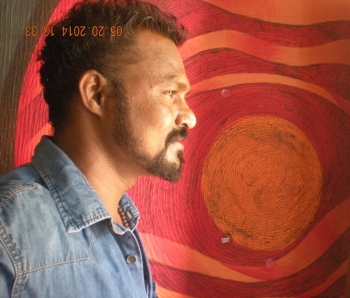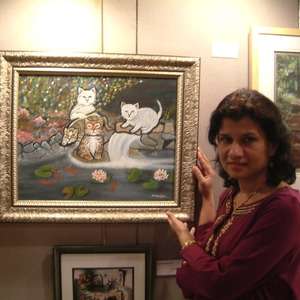Rajasthani paintings were auspiciously cherished long back during the medieval era, with the support and monetary assistance of the kings of several self-regulating states of Rajasthan. These have also been referred to as Rajputana paintings, as the land of Rajasthan was widely famous as Rajputana too in medieval time period, that is, somewhat between 16th to 19th century.
There was time when these unique forms of medieval Indian art, comparable to the Mughal form of arts received the maximum patronage during that particular epoch. However, it is quite different from Mughal paintings specifically in its preference of themes, color usage and the interpretation of the human figures in those paintings.
Rajasthani paintings were most commonly created on spiritual and scared theme lines, such as story of Radha and Krishna or episodes from epics like Ramayana and Mahabharata. The human figures all were displayed wearing Hindu attires, more humble and virtuous in nature than the themes that were represented in Mughal paintings. Basically, the themes in Mughal paintings were much more audaciously drawn and lacked spiritual touch in them.
The landscape paintings of Rajasthani form revealed the jagged and grimy features of the desert land of Rajasthan, while Mughal paintings laid more emphasis on the background of multihued and vivid gardens as well as amusing landscape as liked by the Mughal rulers.
Reminiscent of few other Indian contemporary art forms, Rajputana paintings also used quite a few natural pigments, extracted from plant body parts, rocky minerals, even pulverized valuable stones and fine particles of gold and silver.
Moreover, these distinguished and talented artists never used any chemical colors to create their paintings. They either used fine brushes from plant twigs or hairs from tails of squirrels to draw their pictures. These images were typically created on papers and canvas; however marvelous piece of artwork had been created on the walls and ceilings of many renowned and eminent Rajput palaces and forts constructed during that era. And, one of the popular names among various palaces in Rajasthan wherein beautiful depiction of such paintings has been done is City Palace in Udaipur. Interestingly, the most remarkable and striking form of Rajasthani painting were miniature paintings. These forms of paintings were mostly done on silk, wood and paper, while few of them were also created on ivory and marbles.
Not only this, but also many schools of paintings burgeoned during that era, depending on their specific uniqueness and the particular regions where they had been developed. There are fewrenownedschools of Rajasthani paintings, like Mewar and Marwar School of painting, Bundi and Kishangarh paintings. Apart from this, Kangra and Kulu schools of paintings were also involvedin the creation of Rajasthani form of arts, due to their unique nature of paintings.
In fact, these paintings not only explicitly portray the religious beliefs of the people of that period, also give an in-depth insight into the social life of the individuals living during the medieval era. Therefore, they reflect a clear picture of the royalty as well as the common mass of Rajasthan that were present at that era.
Rajasthani painting is venerated as a primeval and very progressive form of painting till date among the Indian art lovers across the globe. You can find reminiscent of these paintings in Indian art gallery online. Formore information on Rajasthani painting, you can browse through our online art gallery





















